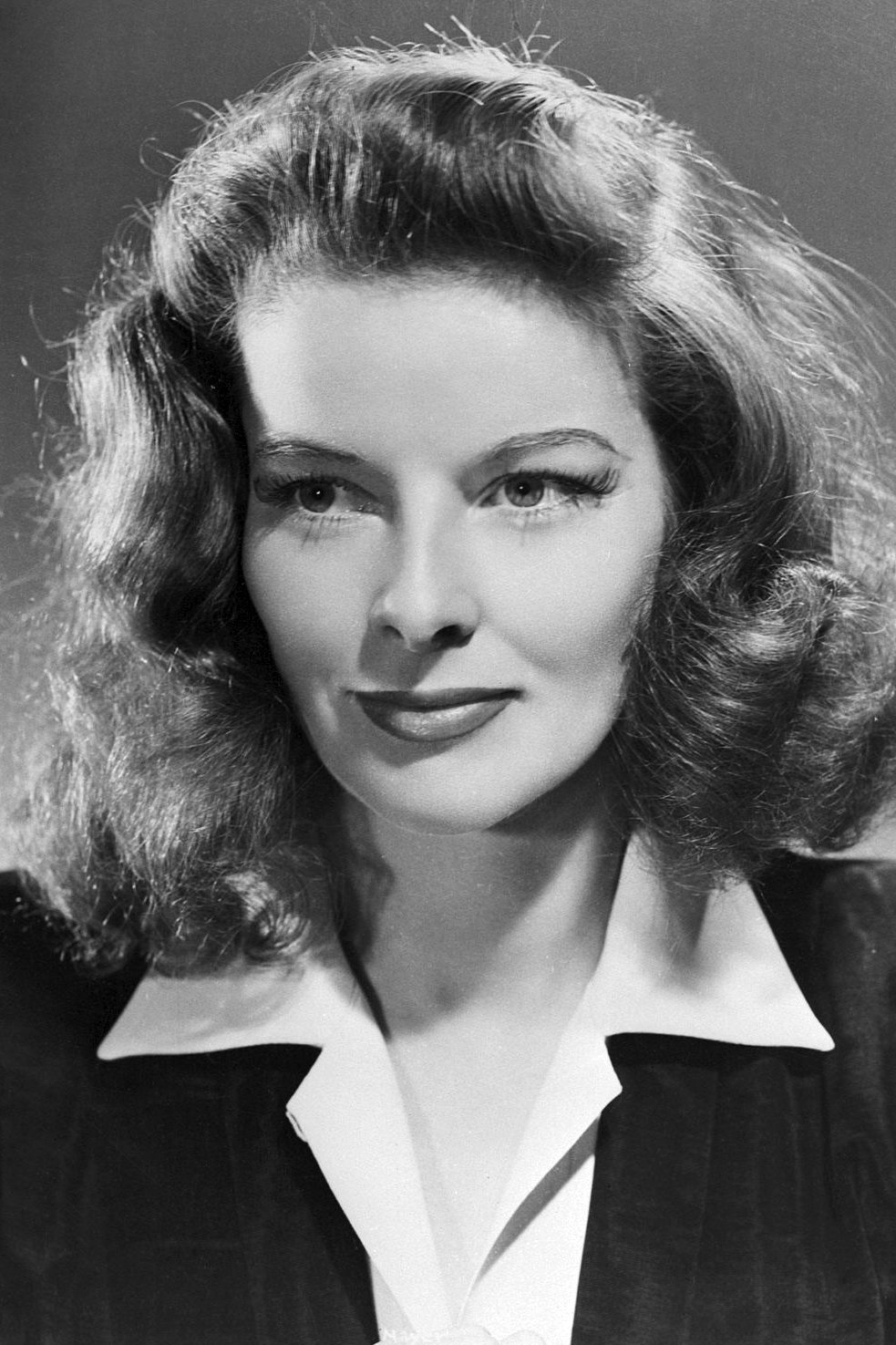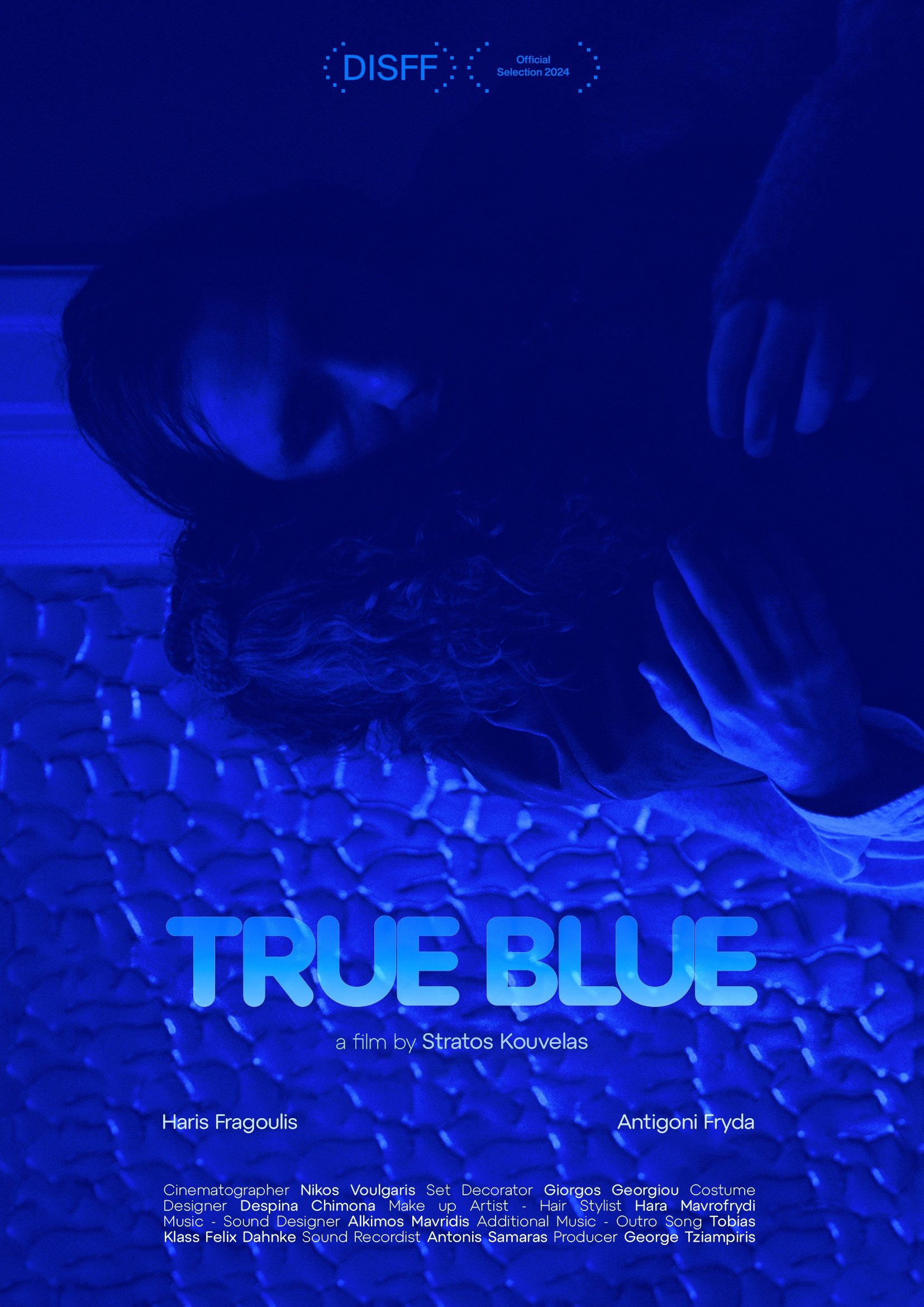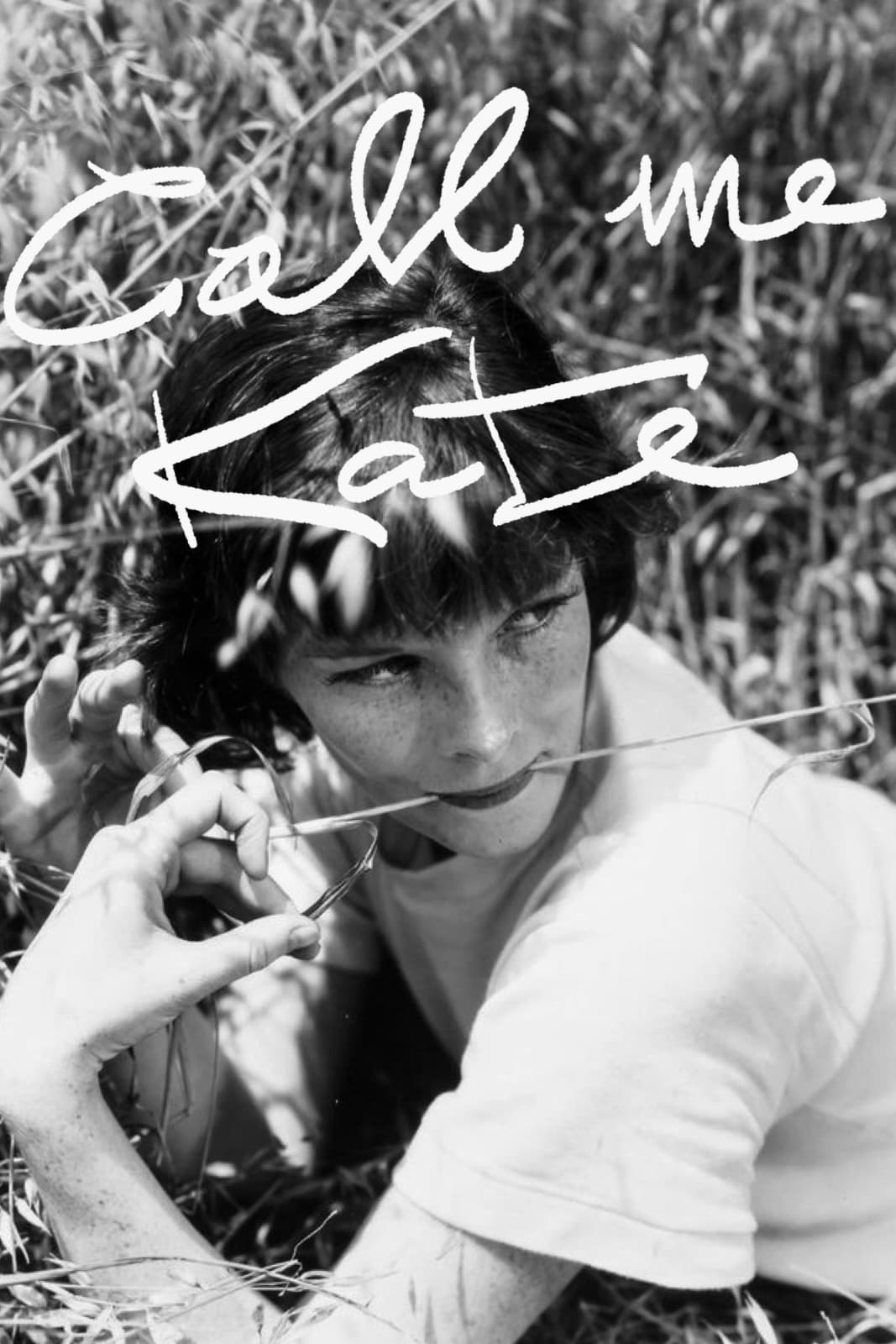

Stamatis cannot get over his breakup with Katerina. He stays locked inside, until one night Katerina visits him with one purpose only: to get him out of the house.

A feature documentary which captures Katharine Hepburn's spirit and determination, exploring her story using her own words, through a combination of hours of previously hidden and intimate audio tapes, video and photographic archive.

Hopkins’ career has spanned several decades, which is why we will also use many interviews that he gave throughout his life, allowing us to put him back into the context of each period and will be helpful in understanding his role in the history of cinema, because he was far from following the trends. He never belonged to any film movement; he is a chameleon that has always preferred natural acting, ‘non-acting’ when method acting was the fashion.

A history of anti-Asian racism and yellowface in Hollywood after the 1941 Pearl Harbor attack.

A deliciously scandalous portrait of unsung Hollywood legend Scotty Bowers, whose bestselling memoir chronicled his decades spent as sexual procurer to the stars.

Playwright Philip Barry and actor Katharine Hepburn, both experiencing career downturns in the late 1930s, worked closely together to create the iconic character of Tracy Lord, Philadelphia “Main Line” socialite, for Barry’s play “The Philadelphia Story.”

For the first time one of Hollywood's greatest stars tells his own story, in his own words. From a childhood of poverty to global fame, Cary Grant, the ultimate self-made star, explores his own screen image and what it took to create it.

There were more women directors before 1920 than at any other time in history. The first director to put a narrative story on celluloid was, Alice Guy Blaché in 1896. Few people know that Lillian Gish became a director in her own right in 1920. Ida Lupino directed over a hundred episodes of "Have Gun, Will Travel," "Thriller," "Gunsmoke," and many independent features.

A peep behind the scenes of the golden era of Hollywood to discover exactly how and why Katharine Hepburn became one of the most famous actresses in the glamorous world of cinema.

Grace Quigley is nearing the end of her life, living alone in her New York apartment. On the day she's being evicted, she witnesses a murder being committed by a top hit-man, Seymour Flint. She proposes to blackmail him into killing her, however, she has one or two friends she wants him to get rid of first.
Katharine Houghton Hepburn (May 12, 1907 – June 29, 2003) was an American actress of film, stage, and television. A recipient of a record four Academy Awards and an Emmy Award, she was ranked as the greatest female star in the history of American cinema by the American Film Institute. She was best known for her sophisticated, headstrong and outspoken screen persona that she cultivated through roles in a variety of film genres — from screwball comedies to literary dramas. Apart from her acclaimed acting and distinctive voice, her impact extended to fashion as well as she helped make wearing pants more socially acceptable for women. Throughout her six-decade career, Hepburn's work in stage, film, and television brought her much acclaim — including twelve Academy Award nominations, six Emmy Award nominations, eight Golden Globe Award nominations, and two Tony Award nominations. She co-starred with screen legends like Cary Grant, Humphrey Bogart, John Wayne, Laurence Olivier and Henry Fonda and performed in plays written and directed by notable playwrights and directors. Her most successful film pairing was with Spencer Tracy, with whom she made multiple hit pictures. The last of their 9 films together was Guess Who's Coming to Dinner (1967), which was completed shortly before Tracy's death. Her many performances on the stage included plays by Shakespeare and Shaw, and a Broadway musical. She passed away from cardiac arrest on 29 June 2003 at her family home in Connecticut and since then, has been honored with several memorials.
By browsing this website, you accept our cookies policy.